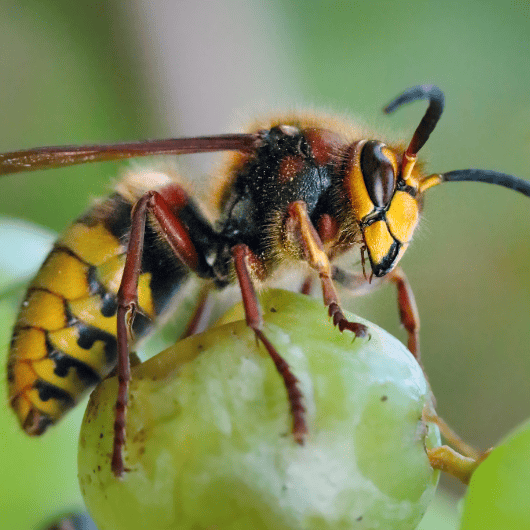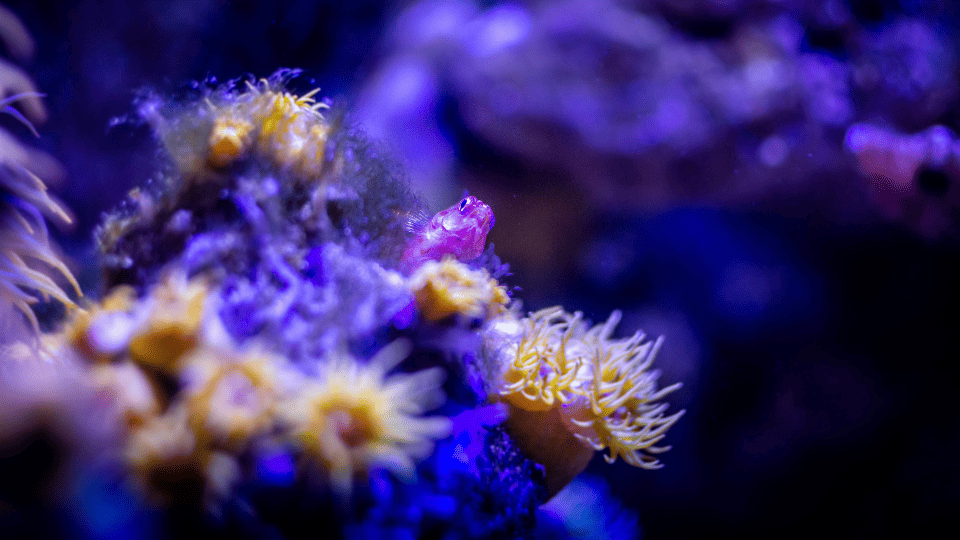
Asian hornet
Threat: predation of honeybee workers (IUCN status unknown). The Asian hornet was introduced via pottery imported from China by a horticulturist in Lot-et-Garonne.
Biodiversity, an essential asset of our planet, is now seriously threatened. Human activity is responsible for a rapid and unprecedented decline in the number of species and ecosystems. What are the causes? Why is it important to preserve this diversity of life? How can we take action?
The term “biodiversity” emerged in 1980. It encompasses three levels of biological organization:
Like the IPCC for climate, a group of experts, the IPBES (Intergovernmental Science-Policy Platform on Biodiversity and Ecosystem Services), studies and advises governments on biodiversity issues.

Biodiversity is essential to life on Earth and to our societies.
It directly contributes to:
Yet, this biodiversity is under threat: we are witnessing the 6th mass extinction, the first caused by a single species: humans.
reduction in species abundance in large terrestrial habitats since 1900.
of marine mammals are endangered.
espèces de vertébrés disparues depuis le 16ème siècle.
of coral reefs are endangered.
The 5 pressures responsible for biodiversity decline
The IUCN Red List is a global inventory of over 166,000 animal and plant species classified into different categories based on their conservation status.
This list helps assess the overall extinction risk of each species studied and serves as a reliable reference tool to understand the threats they face. To compile this list, processes following the scientific method have been developed to determine the category a species belongs to (based on its population size, rate of decline, geographic range, degree of occupancy, and fragmentation of its distribution).
Using the IUCN Red List system, each species or subspecies can be classified into one of the following nine categories:
The loss of biodiversity is not just a problem for animal and plant species: it is an issue that concerns us all. Agriculture, health, food, and climate—all depend directly on living organisms.
But solutions exist: rethinking our production methods, protecting natural habitats, and changing our consumption habits. There is still time to act, at all levels.
Protecting biodiversity means protecting our future.